Water Resources
In order to promote water conservation, our school has implemented various measures. First, control the amount of water on the washbasins in public toilets to control the amount of water produced; secondly, when replacing old equipment, give priority to faucets and toilets with the "Water Saving Label". These measures are expected to gradually save 1% of water usage per year. In terms of the actual achievement rate this year, due to the impact of epidemic control, the number of teachers and students enrolled in the school decreased in 2021, resulting in a significant reduction in water consumption. The actual saving rate for that year was 40.07%. By 2022, due to the opening of the campus, water consumption has increased significantly. In the future, we will continue to promote water conservation and improve water efficiency through water recycling.
In addition, the school discharges sewage to the "Taoyuan City Government Guishan Water Resources Recycling Center" for recycling and treatment to reduce drainage pollution; at the same time, we also use rainwater and reverse osmosis secondary water. These water resources are collected and recycled through the raft foundation and seepage tank. , and reuse it in the ecological purification pool. This not only improves the optimization of ecological ponds, but can also be used for irrigation of campus green spaces to achieve resource.
| ▼ Rainwater storage and reuse - flood detention pond and sewage pond monitoring panel | |
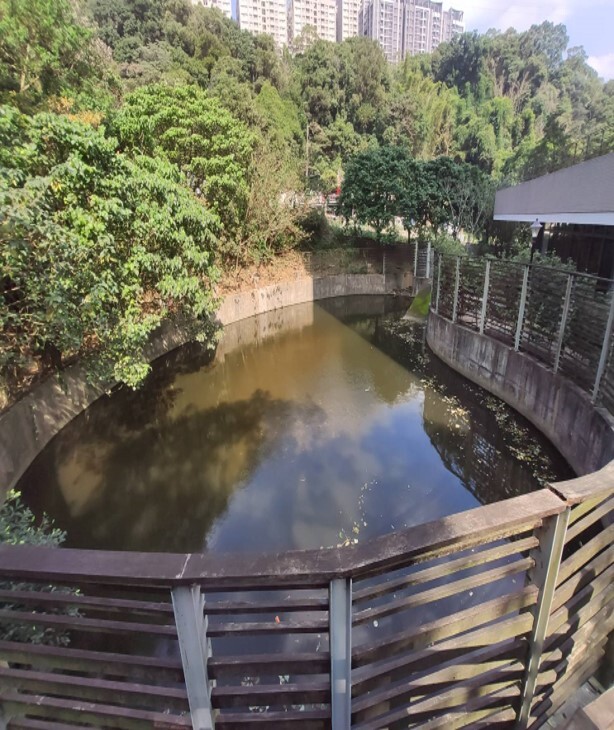 |
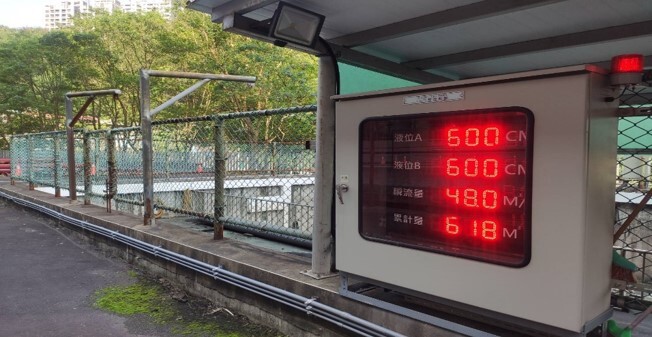 |
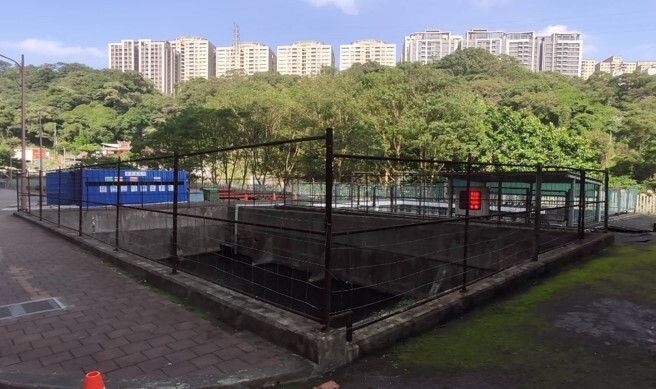 |
|
| ▼ Recycling and reusing reverse osmosis secondary water in the laboratory, improving the optimization of ecological pools and irrigating campus green spaces | |
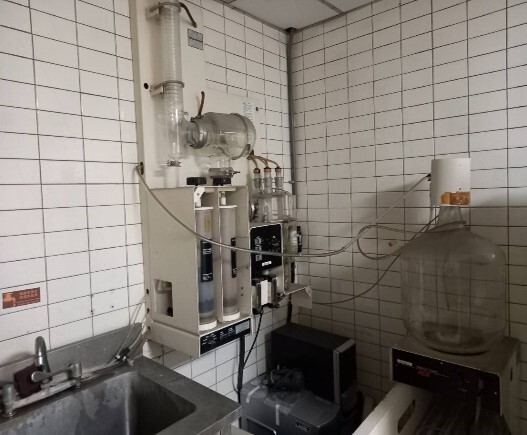 |
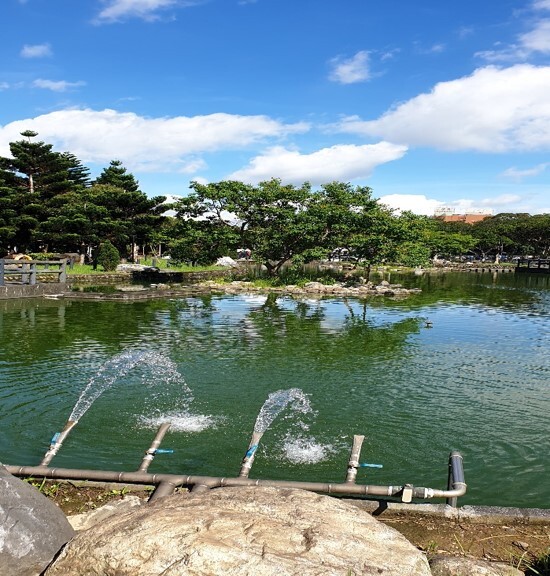 |
| ▼ Total water withdrawal in the past three years (unit: million liters) | |||
| Year |
2020 |
2021 |
2022 |
| total water intake |
354.242 |
212.294 |
414.268 |
|
Note: |
|||
